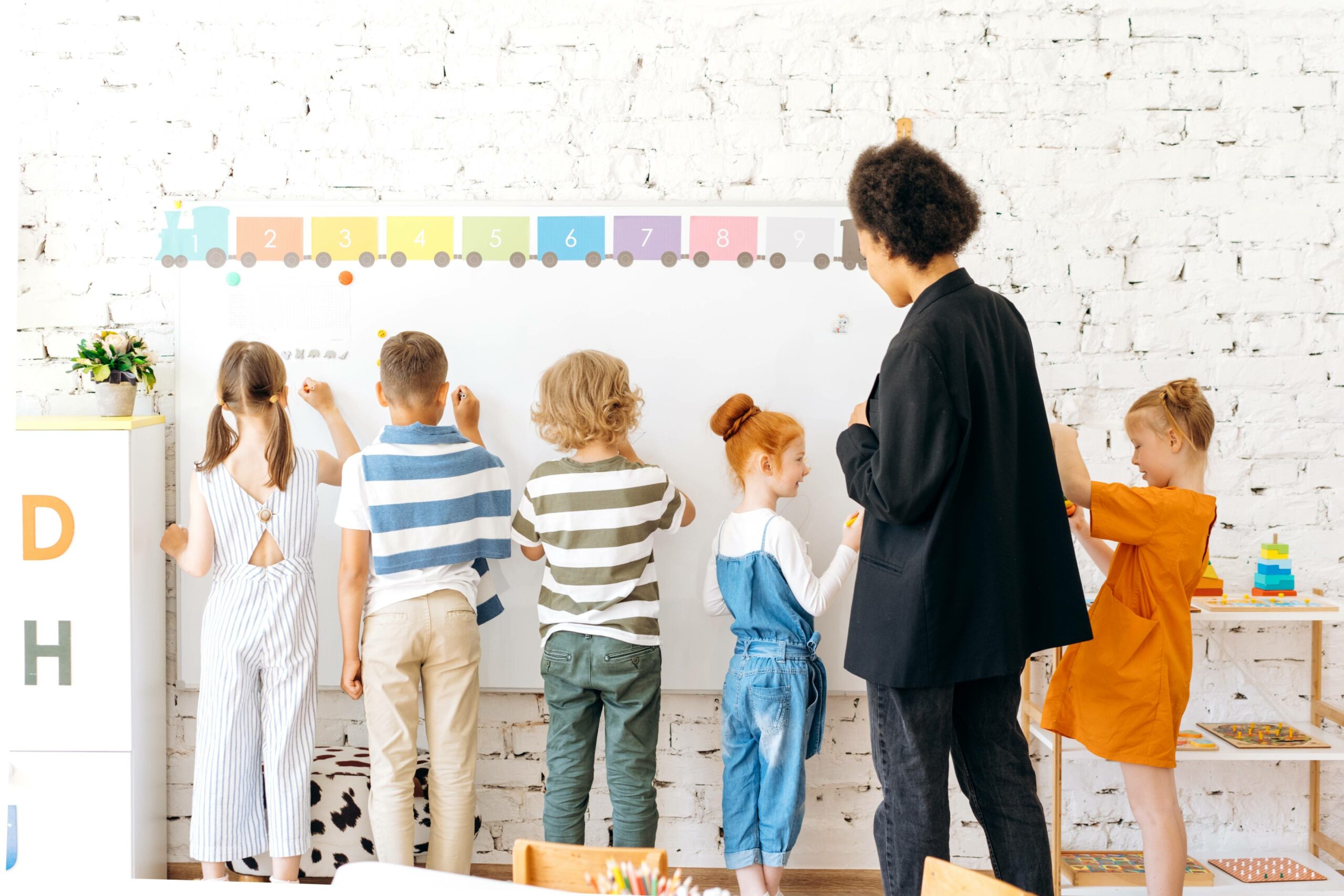Hands-on learning is a teaching method that involves students in active participation in the learning process. It is a teaching approach that emphasizes the use of practical activities, experiments, and projects to help students understand concepts and theories. Hands-on learning is a powerful tool that can help students develop critical thinking skills, problem-solving skills, and creativity. In this article, we will explore the benefits of hands-on learning in the classroom and its real-world connections. We will also examine the views of educational philosophers and data from Texas school districts.
Benefits of Hands-On Learning
Hands-on learning has numerous benefits for students. One of the most significant benefits is that it helps students develop critical thinking skills. When students engage in hands-on activities, they are forced to think critically about the problem at hand. They must analyze the situation, identify the problem, and come up with a solution. This process helps students develop their critical thinking skills, which are essential for success in the real world.
Another benefit of hands-on learning is that it helps students develop problem-solving skills. When students engage in hands-on activities, they are required to solve problems in real-time. They must use their knowledge and skills to find a solution to the problem. This process helps students develop their problem-solving skills, which are essential for success in the real world.
Hands-on learning also helps students develop creativity. When students engage in hands-on activities, they are required to think creatively to solve problems. They must come up with new and innovative solutions to the problems they encounter. This process helps students develop their creativity, which is essential for success in the real world.
Real-World Connections
Hands-on learning has numerous real-world connections. One of the most significant connections is that it prepares students for the real world. In the real world, individuals are required to think critically, solve problems, and be creative. Hands-on learning helps students develop these skills, which are essential for success in the real world.
Another real-world connection of hands-on learning is that it helps students develop practical skills. When students engage in hands-on activities, they learn practical skills that they can use in the real world. For example, students who engage in hands-on activities in science class learn practical skills such as measuring, mixing, and observing. These skills are essential for success in the real world.
Hands-on learning also helps students develop teamwork skills. When students engage in hands-on activities, they often work in groups. This process helps students develop teamwork skills, which are essential for success in the real world. In the real world, individuals are required to work in teams to achieve common goals.
Educational Philosophers
Educational philosophers have long recognized the benefits of hands-on learning. John Dewey, one of the most influential educational philosophers, believed that hands-on learning was essential for student learning. Dewey believed that students learn best when they are actively engaged in the learning process. He believed that hands-on learning was a powerful tool that could help students develop critical thinking skills, problem-solving skills, and creativity.
Another influential educational philosopher, Jean Piaget, believed that hands-on learning was essential for cognitive development. Piaget believed that children learn best when they are actively engaged in the learning process. He believed that hands-on learning was a powerful tool that could help children develop their cognitive abilities.
Texas School Districts
Texas school districts have recognized the benefits of hands-on learning and have implemented hands-on learning programs in their schools. For example, the Austin Independent School District has implemented a hands-on learning program in its elementary schools. The program is designed to help students develop critical thinking skills, problem-solving skills, and creativity. The program includes activities such as science experiments, art projects, and music lessons.
The Houston Independent School District has also implemented a hands-on learning program in its schools. The program is designed to help students develop practical skills that they can use in the real world. The program includes activities such as cooking classes, woodworking classes, and automotive classes.
Ultimately, hands-on learning is a powerful tool that can help students develop critical thinking skills, problem-solving skills, and creativity. It has numerous real-world connections and has been recognized by educational philosophers and Texas school districts. Hands-on learning is essential for student success in the real world and should be implemented in all schools.





